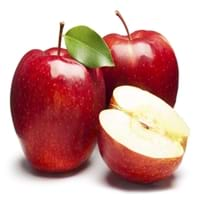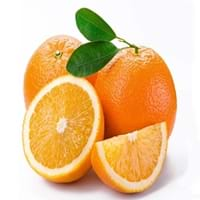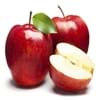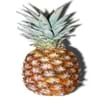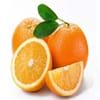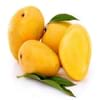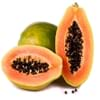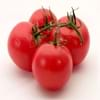Health Benefits
Cancer prevention, Supports healthy Liver function, Diarrhea treatment, Heart care, Increases metabolic rate, Neutralizes irritable bowel syndrome, Helps Prevent cataract, Prevents constipation, Prevents gall stones, Prevents high blood pressure, Helps prevent Parkinson's disease, Reduces risk of asthma, Treatment of alzheimer's disease
Arthritis treatment, Cancer prevention, Increases metabolic rate, Kidney stone treatment, Lower blood pressure, Prevents constipation, Prevents diabetes, Strengthening of bones, Ulcer treatment, Weight loss properties
General Benefits
Boosts immune system, Helps in weight loss, Maintains healthy cholesterol level, Whitens teeth
Boosts immune system, Controls blood pressure, Digestive aid, Improves eye vision, Maintains healthy cholesterol level
Skin Benefits
Anti-aging benefits, Brightens and lightens complexion, Hydrates skin, Treatment of acne, Treatment of dark spots, Treatment of puffy eyes
Anti-aging benefits, Brightens and lightens complexion, Hydrates skin, Skin rejuvenation, Treatment of acne, Treatment of dark spots
Hair Benefits
Prevents hair loss, Promotes longer and healthier hair, Regulates hair growth, Treatment of dandruff
Good conditioner, Prevents hair loss, Regulates hair growth, Treatment of dandruff
Allergy Symptoms
Abdominal pains, Itching, Swelling of mouth, tongue or lips, Vomiting
Abdominal pains, Breathing difficulty, Coughing, Diarrhea, Drop in blood pressure, Fainting, Runny nose, Skin rash, Sneezing, Swelling of mouth, tongue or lips, Vomiting
Side Effects
Allergic reaction, May consist of poisonous seeds
Abdominal cramps, Diarrhoea, Weight gain
Best Time to Eat
Any time except an hour after meal, Best if taken as a breakfast (or empty stomach), Don't consume at night and before bed
As a snack in the late afternoon, Don't consume at night and before bed, Eat the fresh ones, avoid mixing with any other foods, don't eat after meal., Morning time (before lunch), Strictly avoid empty stomach
Vitamin B5 (Pantothenic Acid)
Vitamin C (Ascorbic Acid)
Vitamin K (Phyllochinone)
Phytosterol
Not Available
Calories in Fresh Fruit with Peel
Calories in Fresh Fruit without Peel
Season
All seasons
Winter
Varieties
Red Delicious, Golden Delicious, Gala, Fuji, Granny Smith, Arkansas Black, Sampion, Pink Lady, Cameo, Jonagold, Mc Intosh, Ananasrenette, Lobo, Pacific Rose, Yellow transparent and Bramley
Sweet Orange - Persian orange, Navel orange, Valencia orange and Blood orange. Sour Orange - Seville orange, Bergamot orange, Chinotto orange and Daidai.
Color
Green, Red, Yellow
Orange
Inside Color
White
Orange
Texture
Crunchy
Succulent
Taste
Sweet, Sweet-Sour
Sweet-Sour
Origin
Central Asia, Middle East Asia
South-Eastern Asia
Soil Type
Loam
Loam, Sandy loam
Climatic Conditions
Cold
Hot
Facts about
- Apples can be as small as a pea and as big as a pumpkin.
- There are more than 8000 varieties of apples.
- Life of an Apple tree can be more than 100 years.
- Apples contain 25% air, therefore they float in water.
- There are around 600 varieties of oranges available worldwide.
- More than 1 plant can grow from a single orange seed.
- Orange and orange blossoms are a symbol of love.
- Orange tree is usually propagated by grafting.
Top Producer
China
Brazil
Other Countries
Chile, France, India, Iran, Italy, Poland, Russia, Turkey, United States of America
China, Egypt, India, Italy, Mexico, South Africa, Spain, Turkey, United States of America
Top Importer
Russia
Germany
Botanical Name
Malus Domestica
Citrus sinensis
Synonym
Malus Communis or Malus Pumila or Pyrus Malus
Citrus aurantium L. var. dulcis
Subkingdom
Tracheobionta
Tracheobionta
Division
Magnoliophyta
Magnoliophyta
Class
Magnoliopsida
Magnoliopsida
Species
M. domestica
C. × sinensis
Generic Group
Rose
Citrus fruit
